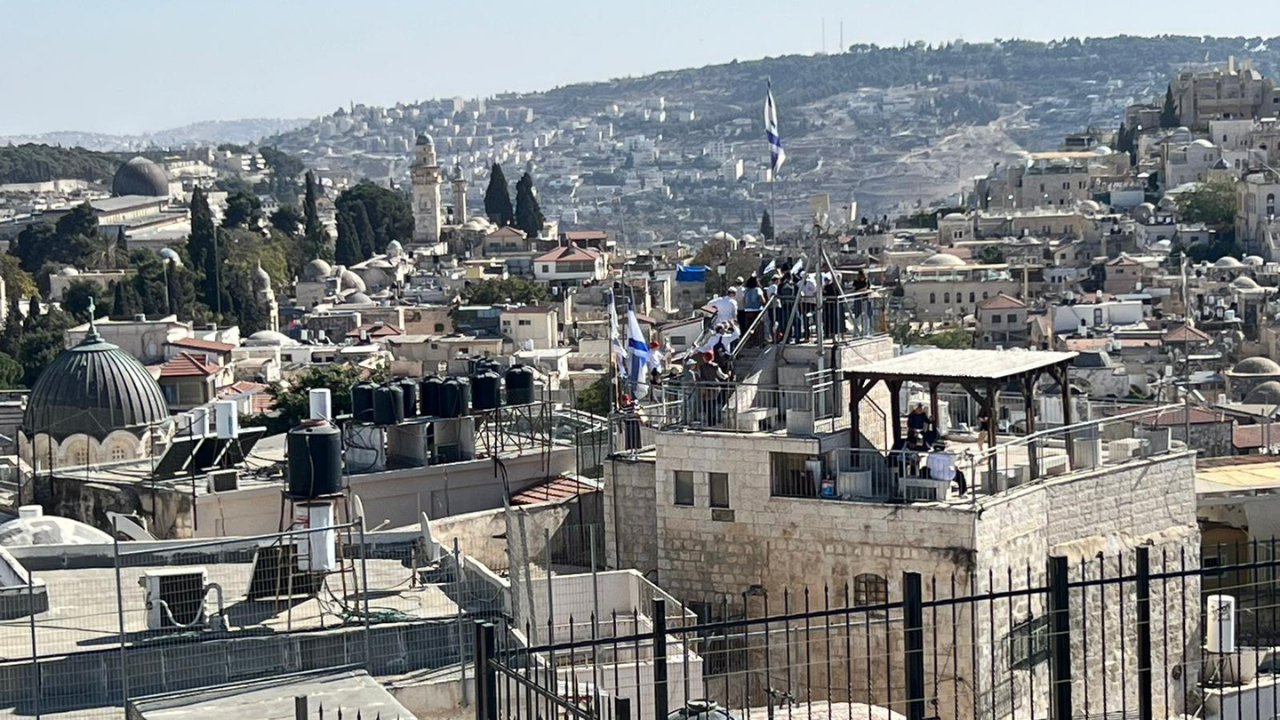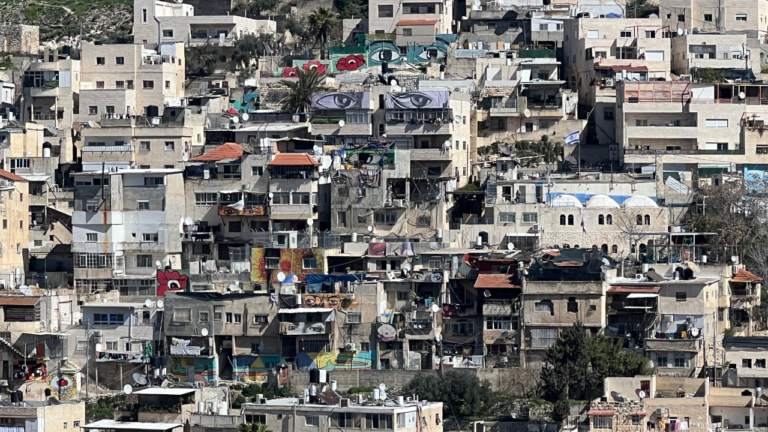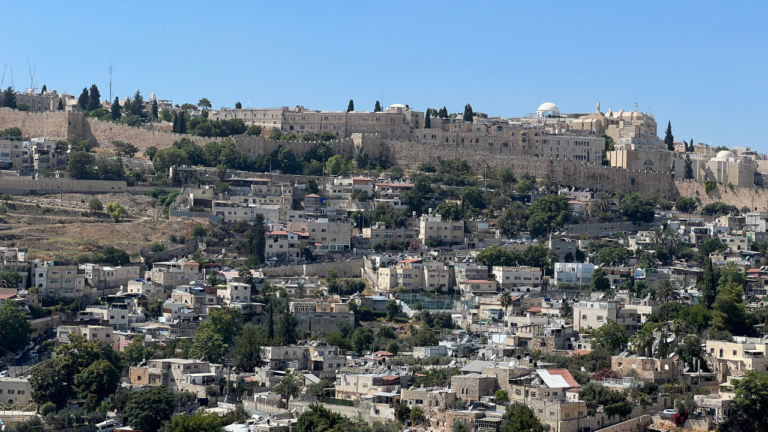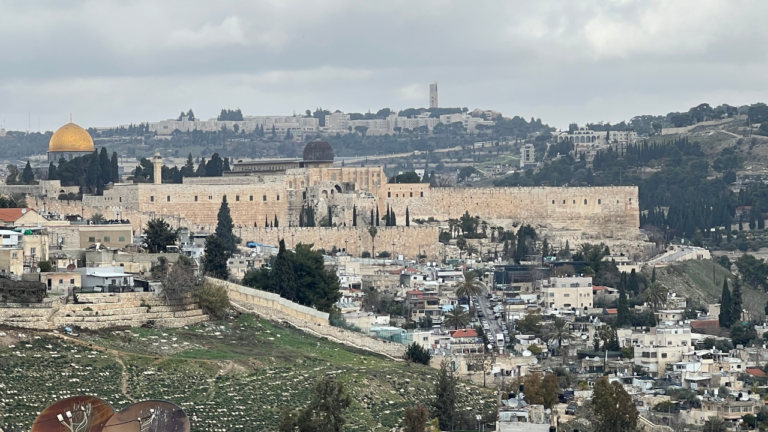The Choicest Portion
As the first mitzvah of kiddush hachodesh is communicated to Moshe and Aharon, the verse puts deliberate emphasis on the location of this “conversation”. “Hashem said to Moshe and to Aharon in the land of Egypt saying (Shemot 12:1)” Chazal are perturbed by the emphasis on Eretz Mitzrayim. In the Midrash Tanchuma (parsha 5), they explain that Hashem would not rest His presence in the cities of Egypt; the idolatry obsessed Egyptians made their cities impure and antithetical to spiritual union with Hashem. Instead, Moshe would exit the settled cities for the countryside in order to communicate with HaKadosh Baruch Hu. Similarly, Hashem chose to deliver the first mitzvah of the Torah in a place clear from idol worship, in the land of Egypt and not in the cities of Egypt.
The midrash goes on to explain that prior to the Jewish people’s entry into Eretz Yisrael, other lands were viable for prophecy and communication with Hashem. But once Eretz Yisrael was chosen, all other lands became inadequate and invalid for this holy purpose, נפסלו כל הארצות. Similarly, prior to Jerusalem being chosen as the principle resting place of God’s Divine Presence, prophecy was easily accessible anywhere in the Holy Land. But after Jerusalem’s unique status was established, נסתלק הדבור מארץ ישראל, the prime access to nevuah was consolidated to Yerushalayim. (It is important to note the careful distinction in language employed by the Midrash. Chutz La’aretz is described as פסול, invalid for a Divine rendezvous, while Eretz Yisrael is still כשר, but less viable. It is for this reason that many neviim experienced their first prophecy while visiting the Beit HaMikdash.) Finally, the midrash concludes with Hashem’s final choice of the Beit HaMikdash. This last bechira made the Har HaBayit into the principle place of the Shechina.
A careful reading of this midrash reveals a powerful portrayal of Eretz Yisrael’s superior status over all other lands. Moshe Rabbeinu could not communicate with Hashem in the idol-infested cities of the Egyptians. Instead, he was forced to travel outside the cities to pray and “learn” the first commandments of Hashem. The qualitative jump from the impure cities of Egypt to its countryside is parallel to the qualitative jump from Chutz La’aretz to the Land of Israel. After the bechira of Eretz Yisrael, all other lands became the equivalent of the impure cities of Egypt. The rabbinic decree of tumat chutz la’aretz (Shabbat 15a) reflects this metaphysical reality. Chazal declared all lands outside of Eretz Yisrael as impure, reflecting the spiritual inferiority of other lands in comparison to the chosen Land of Israel.
But even after the unique and superior status of Eretz Yisrael was established, another bechira occurred within her boundaries. Jerusalem was chosen for a qualitative spiritual jump similar to what Eretz Yisrael had experienced over the other lands of the world. Yerushalayim became the choiciest portion, the chosen city within the chosen land.
A closer look at the text of Shemot reveals another layer. Every perek that proceeds Shemot 12 begins with Hashem speaking to Moshe, but never does the Torah emphasize where the conversation took place. It is only at the onset of mitzvah instruction that the Torah emphasizes the need for God’s communication to be separate from the cities of Egypt. Torah instruction particularly requires surroundings of purity in order to achieve true Divine connection. With every bechira and consolidation of the Shechina, the premier location for Torah study became more and more focused as well. It isn’t a coincidence that the Har HaBayit was also the seat of the supreme Torah authority. As the ultimate destination for all Torah instruction and clarification, the Sanhedrin HaGadol specifically belongs within the choiciest portion of Eretz Yisrael.



